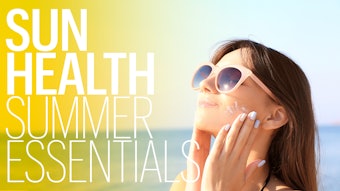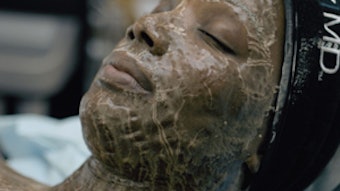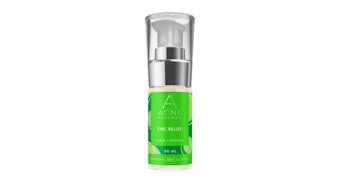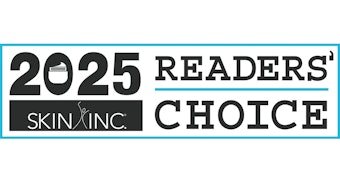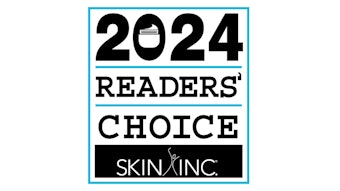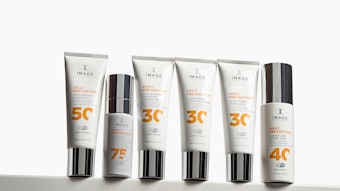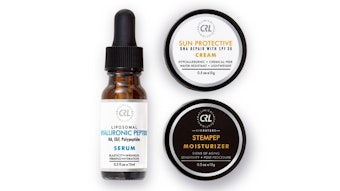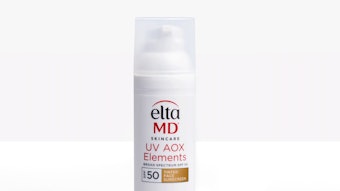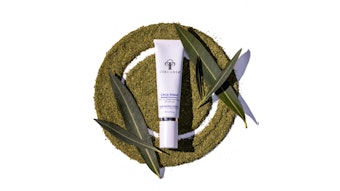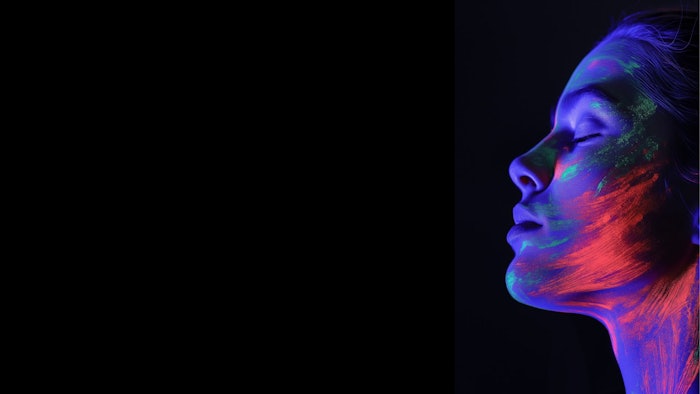
Sun care is still in the hot seat, and with the rise of multifunctional solutions in the market, the way in which we SPF is more diverse than ever. The global sun care cosmetics market is huge and only getting bigger, projected to reach more than $11 billion by the end of 2025 and more than $19 billion by 2033. This comes with increasing awareness of the effects of photodamage, and the connections to skin cancer, premature aging and other skin damage. Educational campaigns and public initiatives are spearheading initiatives to increase the public’s awareness about the importance of sun protection as we see rising rates of skin cancer—already the most common form of cancer in the U.S., with one in five people expected to develop it by the age of 70.
So, where does sun protection go from here, and how far can we take it? Sunscreens are more sophisticated than ever, often being formulated with skin care actives for hydration, well-aging and antioxidants. Hybrid products like SPF-infused well-aging serums and tinted moisturizers marry sun protection solutions and makeup for a more streamlined, simplified skin care routine as the skinimalism movement stretches and settles in. AI, a hallmark of innovation in 2025, is also joining sun protection efforts, being used for personalized sun care formulations after analyzing skin types and environmental factors.
Consistency is crucial, both in coverage and frequency, especially when using products with a lower SPF. One sunscreen in particular is formulated to be blacklight-activated, showing users when it’s time to reapply and where they may have missed a spot. YouV Sunscreen protects against UVA and UVB rays, the two leading causes of sun-related skin damage. Clean label. YouV is clean, mineral-based, reef safe, vegan, hypoallergenic and paraben-free.
We’re living on the sunny side of skin solutions. Fortunately, we have tons of state-of-the-art sun protection on our side.
